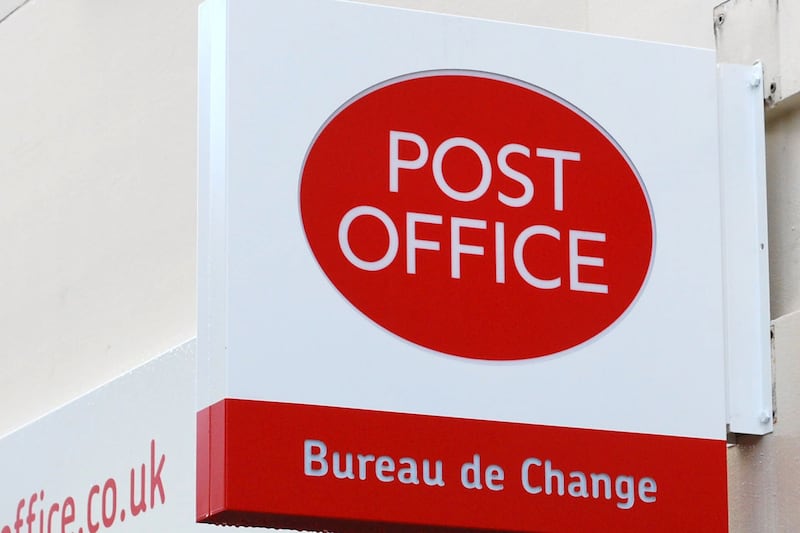I WAS fortunate to be invited along to Belfast Metropolitan College’s Export Sales and Marketing Academy’s student presentations earlier this month.
The students were coming to the end of an eight week intensive programme that has combined curriculum from the Chartered Institute of Marketing, the Institute of Export, and the Institute of Leadership and Management. The aim of this programme is to provide students with some of the key insights and tools required for businesses when approaching international markets.
As part of the Academy, these students will move on to work in Northern Irish companies for a number of weeks with a view to helping them market and sell their products and services overseas.
For their presentations, the students were asked to strip back many of the complexities, barriers and worries we have when deciding whether to export and focus on some fundamental models of business and marketing that they had learned on their course, and then relate these models to the particular company they will go on to work with. One of the business models the students employed was the Ansoff Matrix.
This simple model requires us to look at our products or services, and how they relate to our current and potential markets. For example, if we take one of our existing products or services and focus on our existing market, we need to “penetrate” and sell more to the same people in order to grow.
Alternatively, we can take our existing product or service and seek new opportunities in other markets where they may be a demand, or where such a product or service has yet to be introduced. In the Ansoff Matrix, this is called market development.
The model also shows us that we could look at our existing market and introduce new products, perhaps exploiting a knowledge and customer base that is already in existence. This is labelled as market penetration in the model.
In their presentations, the students searched for potential new markets aimed at their employer’s products and services. Some decided that countries in Europe were a good place to start, while others sought territories across the Atlantic and developing economies in the Middle East.
They concluded that, in many cases, there was great potential for expansion overseas, and that products and services developed in Northern Ireland had the potential to export, whether it be a new cutting edge development or a product that has been around for a number of years.
This is a simple model and there are many other factors to be taken into consideration for organisations who wish to seek out new markets, such as political, legal, social and economic factors to name just a few.
What the model does, however, is give us a first indication of whether or not we have a product or service for which we could consider developing a new market overseas. When we put all the reasons why we should not and cannot export to one side, there may be great potential that we are not exploring.
The students’ presentations exuded enthusiasm and a desire to dare. These are important attitudes in the search for growth and export.
So what does this teach us? Perhaps we can become too easily caught up in the day-to-day and do not see the full potential of our organisation. Fresh eyes and a new lens bright about ideas that can be refined, while simple business models can be used as a starting point to see if we can extend our products or services to new markets, or if we have to work harder at our existing market in order for our business to endure.
:: Nick Read is chair of the Chartered Institute of Marketing (CIM) Ireland board. Visit www.cim. co.uk for more information or follow @CIMInfo_Ireland.








